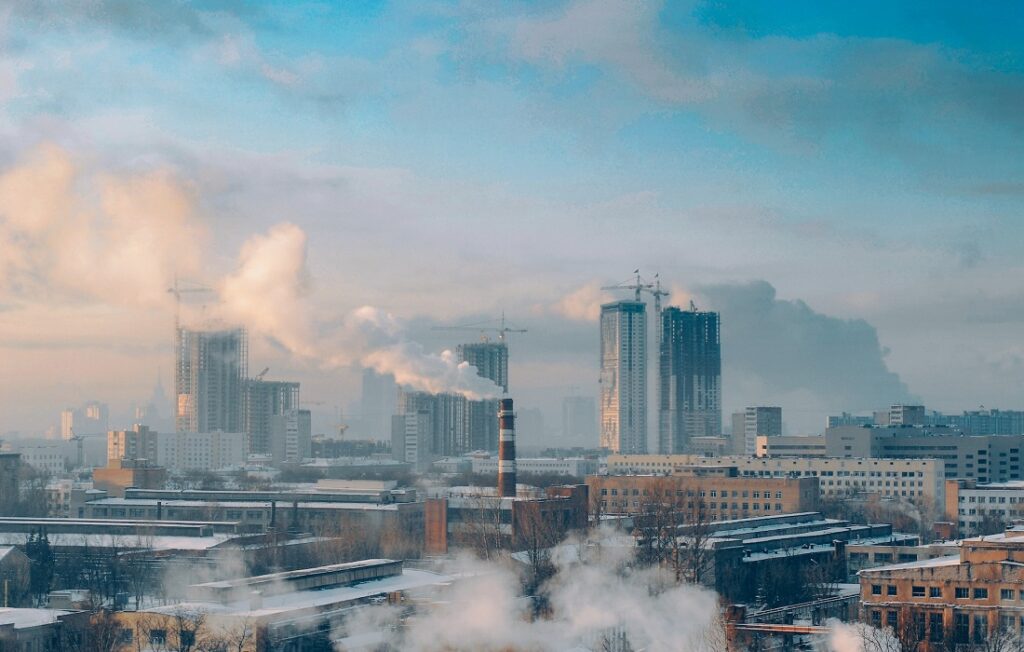Over the past 100 years, the evolution of science and technology has opened doors we never thought possible; shining a light on common misconceptions and bringing new answers and solutions to the forefront. Everything from medicine to transportation to manufacturing to education has transformed. No part of our daily lives has gone unaffected, and that includes the environment. Scientists have been able to build tools that help us understand the world better than ever before.
But, as we’ve all come to know, when it comes to the health of our planet, some of these developments have been a double-edged sword. Climate change is by far one of the largest side effects of industrialization and the rapid evolution of science, technology, and modern life.
But how do we know this for sure? Couldn’t climate change just be the result of earth’s regular warming and cooling patterns—the ones that have been going on for millions of years? Are we certain humans are the primary cause?
The Answer is YES
Climatologists have been able to develop methods for tracking and analyzing weather patterns dating back tens of thousands of years. How have scientists analyzed these patterns? Tools include ice cores and tree rings as well as other physical, chemical, and biological materials stored in coral, algae (diatams), and single-cell organisms (forams). By looking at the natural layers recorded by each of these organisms and substances, scientists can determine temperature and level of precipitation during specific time periods.
After thorough analysis and thousands of peer reviewed studies—including a 2021 study that looked at more than 88,000 English-language climate papers—scientists have come to one very telling conclusion: since 1950, human beings have caused nearly 100% of observed global warming.
How Do We Know This?
There is a wide variety of published studies available online. Unfortunately, the problem with overly scientific language is that it can be difficult to access, especially if it’s not something you come across in your daily life (which, let’s be honest, is the case for most people). That’s why we’re breaking down key concepts from these scientific studies to help you understand how scientists came to these conclusions and, now that we have this knowledge in hand, what we can do about it.
Identifying the Problem and the Contributors
Identifying the source of climate change requires a two-step process.
- Step 1: Identify and/or confirm that there is, in fact, an unusual change in global temperatures
- Step 2: Determine the cause (or “attribution”) of this change
These two things are done by observing changes in the current climate system and comparing those to past climate models and climate normals using statistics. For example, when looking at one of the factors of climate and weather—temperature—is there evidence that human influence on temperature variables can be distinguished from naturally occurring patterns?
To draw comparisons, scientists look at a variety of variables to determine if and how Earth’s climate has changed. These variables include, but are not limited to:
- Long-term trends of changes in climate
- Changes in extreme weather/climate events
- Causes of weather/climate events
- Climate impacts
- Climate sensitivity
The final item, climate sensitivity, refers to the steady change in annual global surface temperature after a doubling of carbon dioxide concentration in the atmosphere. Essentially, how has the climate reacted (over time, not instantaneously) after each instance of carbon dioxide doubling (which has occurred many times since the 1950s).
CONCLUSIONS ABOUT CLIMATE AND THE RISING GLOBAL TEMPERATURE
The most recent report from the United Nation’s Intergovernmental Panel on Climate Change (IPCC) shows that the global surface air temperature on Earth has risen by 1.1°C (or roughly 2.2°F) since 1900, or roughly 0.2°C per decade. We know this is not due to normal climate warming patterns because of studies on climate normals, mentioned previously.
Scientists have also looked at solar radiation to see if this force is strong enough to have increased Earth’s surface temperature. However, based on comparisons of climate models—computer databases using advanced algorithms to track weather and climate trends over thousands of years—as well as observations and data of these trends from 1901 to 2010, scientists discovered the sun’s influence on global temperatures to only be about 0.1°C over the past 100 years.
At the end of the day, the Climate Science Special Report best summarizes the findings of scientists worldwide. “…Using present models, there is no known source of internal climate variability that can reproduce the observed warming over the past century without including strong positive forcing from anthropogenic greenhouse gas emissions.” In other words, the rapidly changing climate over the past 100 years is human made.
Next Steps
Now that we know for a fact our planet is warming at a drastically accelerated rate, what are we doing about it? What can we do?
By now, you’ve likely heard global environmental entities and researchers say that it’s not too late as long as we act NOW. Big changes need to happen on a global scale to stop greenhouse gas production and slow climate change. As it stands, it’s too late to stop climate change altogether; we’ve already pumped enough gas into the atmosphere that global warming is going to continue to happen, but to what extreme this occurs is still within our power.
Change can be uncomfortable, but it’s not impossible. Businesses, governments, and individuals need to address our use of critical natural resources, the waste we produce regularly, our energy consumption, and our individual carbon footprints. (Climate Action Teams offers a digital tool to measure your carbon footprint in just a few minutes.)
Stay informed; never stop learning about the environment and what you can do to protect it. And, most importantly, spread the word. Telling even one person about the negative effects of climate change can make a difference.
You have the power, but you have to choose to use it.




